Buy the photo Golden Pagoda in Kyoto by Endre Lommatzsch on canvas, ArtFrame, poster and wallpaper, printed on demand in high quality.
About "Golden Pagoda in Kyoto"
by Endre Lommatzsch
About the artwork
The Golden Pagoda, also known as Kinkaku-ji, is undoubtedly one of the most fascinating and impressive sights in Kyoto, Japan. This architectural masterpiece, nestled in a breathtaking landscape, attracts thousands of visitors from all over the world every day.
Kinkaku-ji was built in the 14th century as a Zen temple and has undergone numerous transformations over the centuries. The three-storey pagoda, covered in gleaming gold leaf, gives the temple its unique name, "Golden Pavilion". The gold reflection on the water of the pond surrounding the temple adds to the majestic aura of the place.
The temple complex itself is surrounded by a beautiful garden that reflects the principles of Zen aesthetics in its layout and design. A walk through the manicured gardens, over bridges and along paths, allows visitors to experience the harmonious connection between architecture and nature.
The Golden Pavilion has survived many challenges throughout history, including fires and wars. Nevertheless, it has retained its splendour and spiritual significance. Kinkaku-ji is not only an architectural jewel, but also a place of meditation and contemplation.
Visitors have the opportunity to explore the various rooms of the temple, each of which is ornately decorated with traditional artworks and religious artefacts. The view of the gilded pavilion from the inside is just as impressive as from the outside.
The Golden Pagoda in Kyoto is not only a symbol of Japan's rich history and culture, but also a place of inspiration and beauty. The peaceful atmosphere and visual splendour make it an unforgettable destination that transports visitors to another world.

About Endre Lommatzsch
Hey, I'm Endre!
I was born in Budapest and now live in Mainz - and I'm neither a full-time photographer nor a travel influencer. My actual profession and my passion couldn't be more different. A few years ago, I grabbed my rucksack and my camera (which was almost 20..
Read more…
 Netherlands
Netherlands Ordered in December 2024
Ordered in December 2024
 Netherlands
Netherlands Ordered in May 2018
Ordered in May 2018

 Germany
Germany Ordered in December 2021
Ordered in December 2021
 Netherlands
Netherlands Ordered in September 2021
Ordered in September 2021
 Netherlands
Netherlands Ordered in August 2019
Ordered in August 2019
 Netherlands
Netherlands Ordered in June 2022
Ordered in June 2022
 Netherlands
Netherlands Ordered in June 2020
Ordered in June 2020
 Netherlands
Netherlands Ordered in January 2024
Ordered in January 2024
 Netherlands
Netherlands Ordered in January 2025
Ordered in January 2025
 Netherlands
Netherlands Ordered in October 2019
Ordered in October 2019
 Netherlands
Netherlands Ordered in March 2023
Ordered in March 2023
 Netherlands
Netherlands Ordered in March 2019
Ordered in March 2019
About the material
ArtFrame™
Interchangeable Art Prints
- High-quality print
- Easily interchangeable
- Acoustic function
- Large sizes available
Discover the artworks of Endre Lommatzsch
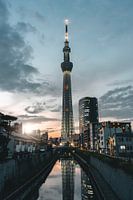 Sunset at the Tokyo Sky TreeEndre Lommatzsch
Sunset at the Tokyo Sky TreeEndre Lommatzsch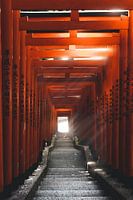 Japanese torii gates in the evening sunEndre Lommatzsch
Japanese torii gates in the evening sunEndre Lommatzsch Maneki-neko as far as the eye can seeEndre Lommatzsch
Maneki-neko as far as the eye can seeEndre Lommatzsch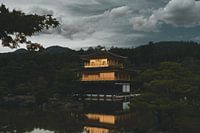 Golden Pagoda in KyotoEndre Lommatzsch
Golden Pagoda in KyotoEndre Lommatzsch View of ManhattanEndre Lommatzsch
View of ManhattanEndre Lommatzsch Morning walk on the Brooklyn BridgeEndre Lommatzsch
Morning walk on the Brooklyn BridgeEndre Lommatzsch Radio City Music HallEndre Lommatzsch
Radio City Music HallEndre Lommatzsch Morning walk along the East RiverEndre Lommatzsch
Morning walk along the East RiverEndre Lommatzsch a young lion and his mother I/IIIEndre Lommatzsch
a young lion and his mother I/IIIEndre Lommatzsch a young lion and his mother II/IIIEndre Lommatzsch
a young lion and his mother II/IIIEndre Lommatzsch Lucky cards in JapanEndre Lommatzsch
Lucky cards in JapanEndre Lommatzsch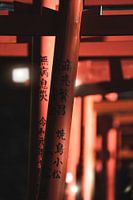 Tori gates in Japanese templesEndre Lommatzsch
Tori gates in Japanese templesEndre Lommatzsch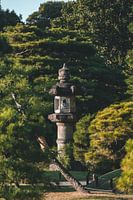 Japanese temple gardenEndre Lommatzsch
Japanese temple gardenEndre Lommatzsch Brooklyn Bridge: A landmark through the agesEndre Lommatzsch
Brooklyn Bridge: A landmark through the agesEndre Lommatzsch Hyena: The underestimated predatorEndre Lommatzsch
Hyena: The underestimated predatorEndre Lommatzsch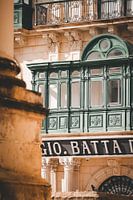 Malta - the historic pearl in the MediterraneanEndre Lommatzsch
Malta - the historic pearl in the MediterraneanEndre Lommatzsch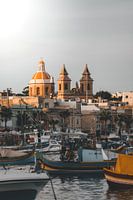 Malta - the historic pearl in the MediterraneanEndre Lommatzsch
Malta - the historic pearl in the MediterraneanEndre Lommatzsch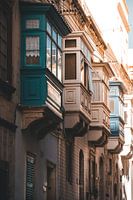 Malta - the historic pearl in the MediterraneanEndre Lommatzsch
Malta - the historic pearl in the MediterraneanEndre Lommatzsch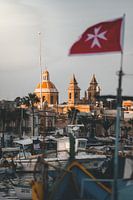 Malta - the historic pearl in the MediterraneanEndre Lommatzsch
Malta - the historic pearl in the MediterraneanEndre Lommatzsch The rugged island of FuerteventuraEndre Lommatzsch
The rugged island of FuerteventuraEndre Lommatzsch


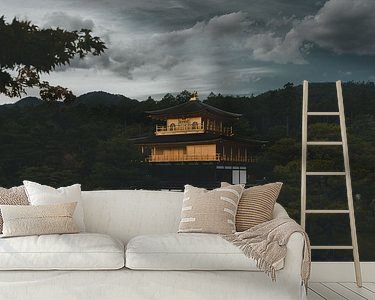
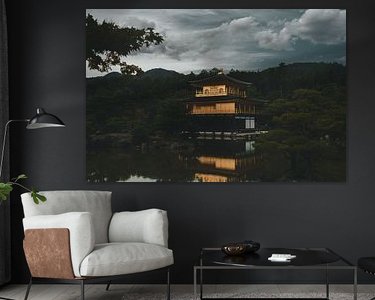

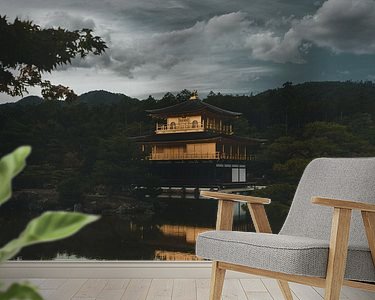

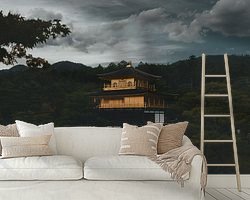
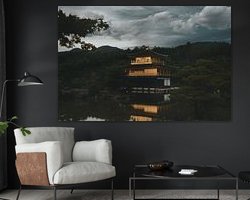



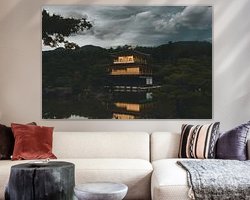
 Countries & Travel
Countries & Travel Japan
Japan Mysterious Spheres
Mysterious Spheres Photo wallpaper
Photo wallpaper Photography
Photography Serene Peace
Serene Peace Temple
Temple









